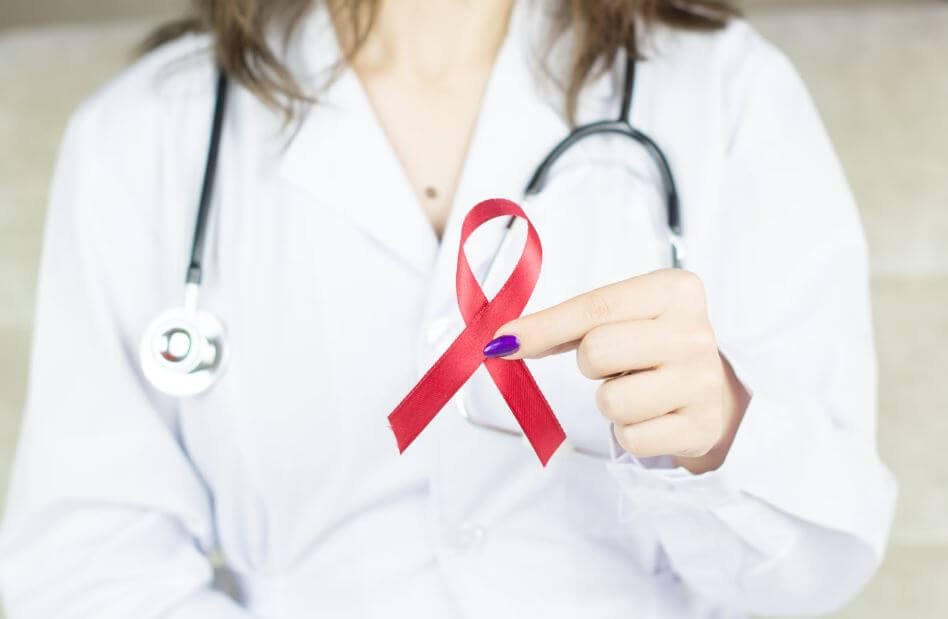While HIV/AIDS rates have fallen in South Africa, young people remain disproportionately affected. This article examines how poverty amplifies HIV/AIDS risks for this group. It explores factors like:
- Limited education and information: Young people might lack awareness about safer sex and HIV prevention.
- Economic hardship: Poverty can push individuals towards transactional sex, increasing exposure risk.
- Gender inequality and violence: Young women, especially, may struggle to negotiate safer sex due to power dynamics.
- Limited healthcare access: Poverty can restrict access to testing, treatment, and mental health support.
How Poverty Leads to HIV/Aids Infections Among The Youth in South Africa?
Poverty and HIV/AIDS have a complex and intertwined relationship in South Africa, especially among the youth. Here’s how poverty can contribute to increased HIV/AIDS infections:
Limited access to education and information:
- Poverty often restricts access to quality education, leading to limited knowledge about safe sex practices, HIV transmission, and prevention methods.
- Young people from impoverished backgrounds may lack access to sexual and reproductive health services, including confidential counseling and testing.
Economic vulnerability and transactional sex:
- Poverty can force young people, particularly girls, into transactional sex work to meet basic needs or support their families. This exposes them to a higher risk of HIV infection due to inconsistent condom use and potential exploitation.
- Economic desperation may lead to engaging in risky sexual behaviors like exchanging sex for money or gifts, increasing the chance of contracting HIV.
Social and gender inequality:
- Gender inequality and power dynamics within relationships can make it difficult for young women to negotiate safer sex practices with their partners.
- Young women in poverty may have limited bargaining power due to financial dependence or societal pressures, making them more susceptible to coercion or manipulation.
Poor healthcare access and infrastructure:
- Poverty-stricken communities often have limited access to quality healthcare services, including HIV testing, treatment, and counseling.
- Lack of reliable transportation and long waiting times can further hinder young people from accessing vital healthcare services.
Psychological stress and coping mechanisms:
- The stress and trauma associated with poverty can lead to risky behaviors like substance abuse, which further increases the risk of HIV infection.
- Young people facing poverty may turn to unhealthy coping mechanisms that place them at greater risk for contracting HIV.
Additionally:
- Multigenerational poverty: HIV itself can exacerbate poverty within families, creating a cycle where vulnerable young people are more susceptible to infection.
- Stigma and discrimination: Fear of stigma and discrimination associated with HIV can prevent young people from seeking testing or treatment, leading to delayed diagnosis and increased transmission.
It’s important to remember that these are contributing factors, and not deterministic causes. Individual circumstances and access to support networks can play a significant role in mitigating the impact of poverty on HIV risk.
Addressing the root causes of poverty and ensuring equitable access to education, healthcare, and social services is crucial in breaking the cycle of HIV/AIDS infection among young people in South Africa.
Conclusion:
The stark reality of poverty-amplified HIV/AIDS vulnerabilities among South African youth demands urgent action, not just awareness. While the challenges are undeniably complex, they are not insurmountable. By investing in holistic solutions that address economic disparities, empower young people, dismantle harmful norms, and guarantee equitable access to healthcare and education, we can weave a new narrative.
Imagine a South Africa where every young person, regardless of their background, is equipped with the knowledge and resources to make informed choices about their sexual health. A future where economic opportunities liberate them from risky behaviors, and gender equality empowers them to navigate relationships with confidence. Where healthcare is a right, not a privilege, and mental health support fosters resilience.
This future is within reach. By amplifying the voices of young people themselves, prioritizing their needs, and collaborating across sectors, we can break the cycle of poverty and HIV/AIDS, one step at a time. Let’s not wait for another generation to be trapped in this vicious cycle. Let’s build a South Africa where every young person can thrive, free from the shadow of HIV/AIDS.
Image Courtesy: Unsplash
